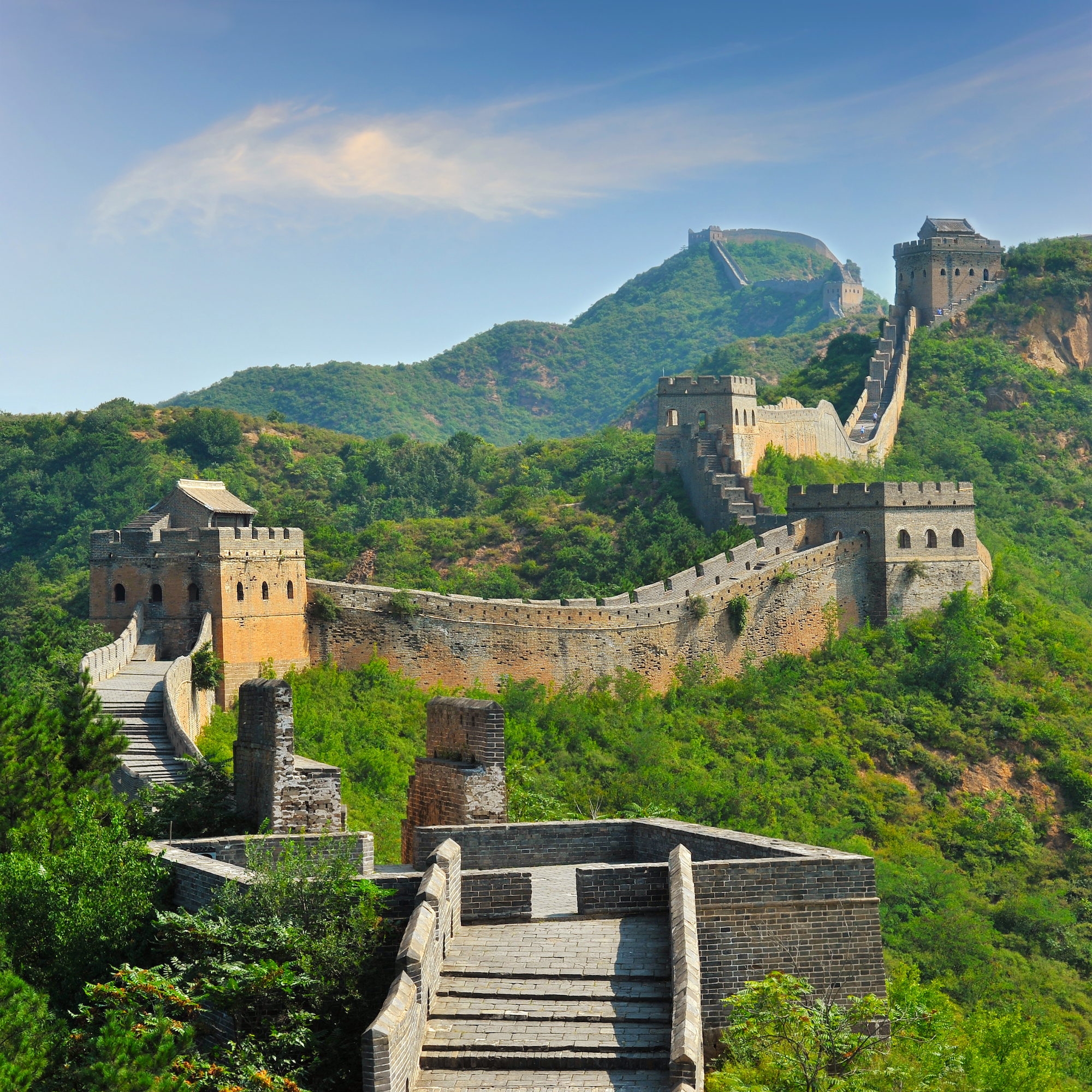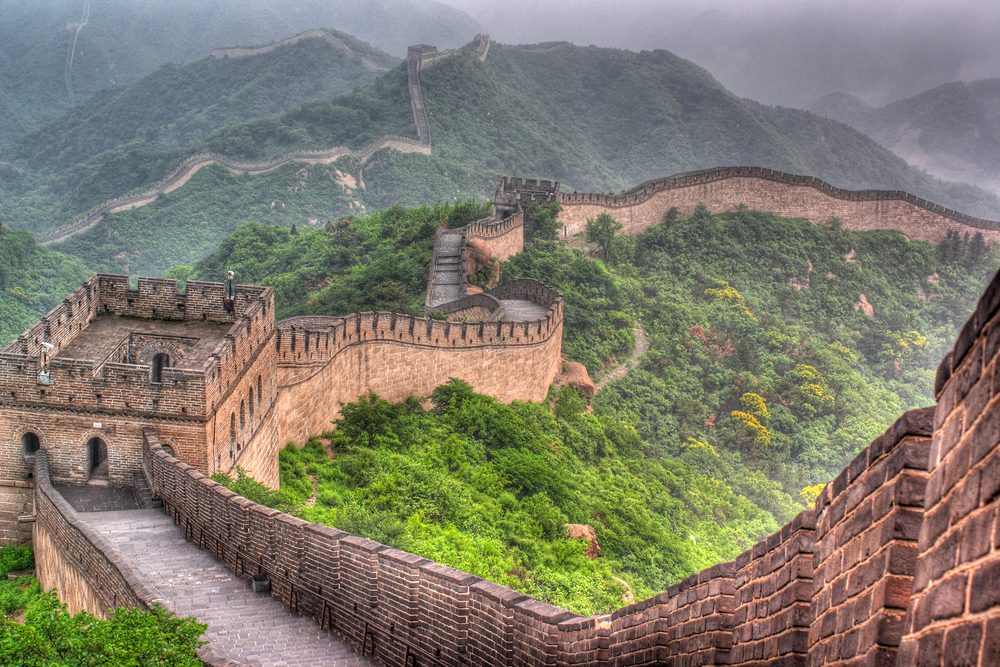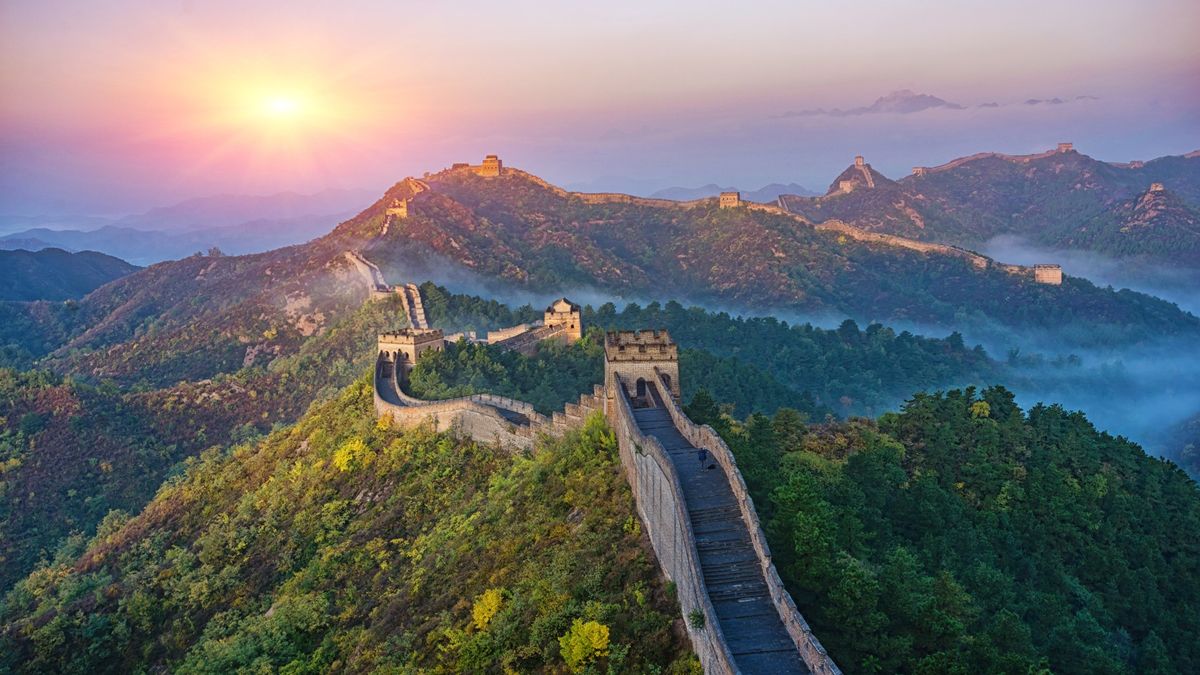The history of the Great Wall of China is one of the most iconic and awe-inspiring structures in the world. Throughout its long and storied history, this remarkable feat of engineering has served as a symbol of power, protection, and cultural heritage. From its ancient origins to its modern-day status as a UNESCO World Heritage site, the Great Wall has captivated the imagination of people around the globe. Join us on a journey through time as we explore the epic history and enduring legacy of the Great Wall of China.
Ancient Origins of the Great Wall of China
The ancient origins of the Great Wall of China can be traced back to the Warring States period in ancient China. During this time, various Chinese states began constructing defensive structures to protect themselves from invading nomadic tribes. These early walls were made of earth, wood, and stone, and were built on existing natural barriers like hills and rivers. The purpose of these early walls was to fortify the borders and deter enemy forces from entering Chinese territory.
Ancient Chinese defensive structures
The ancient Chinese were no strangers to conflict and the need for defense. In response to the constant threat of invading nomadic tribes, they began constructing defensive structures during the Warring States period. These early walls were built using a combination of earth, wood, and stone, often following natural barriers like hills and rivers. Their primary purpose was to fortify the borders and deter enemy forces from entering Chinese territory. These rudimentary defensive structures laid the foundation for what would eventually become the Great Wall of China.
Construction and purpose of the early walls
During the Warring States period, the ancient Chinese constructed early walls using a combination of earth, wood, and stone. These walls were built strategically along natural barriers like hills and rivers to fortify the borders and deter invading forces. Their primary purpose was to protect Chinese territory from nomadic tribes. These rudimentary defensive structures served as the foundation for what would eventually become the Great Wall of China, a testament to the ancient Chinese civilization’s commitment to defense and protection.
Qin Dynasty and the First Great Wall

The Qin Dynasty, under the rule of Emperor Qin Shi Huang, was responsible for the construction of the first Great Wall of China. This massive undertaking involved mandatory labor from hundreds of thousands of workers. The wall spanned over a thousand miles and was made using a combination of materials, including earth, stone, and wood. Its purpose was not only to protect against invading forces but also to unite the fragmented Chinese states. This iconic structure laid the foundation for the future expansions and improvements of the Great Wall.
Mandatory labor for the wall
During the construction of the first Great Wall under the Qin Dynasty, Emperor Qin Shi Huang implemented mandatory labor for the project. Hundreds of thousands of workers were mobilized to work on the wall, which spanned over a thousand miles. This massive labor force was crucial in completing such a monumental task. Their dedication and hard work laid the foundation for the future expansions and improvements of the Great Wall, solidifying its importance in Chinese history.
Utilization of different materials
The construction of the Great Wall of China during the Qin Dynasty involved the utilization of various materials. While the foundation was made of compacted earth, the inner part of the wall was filled with earth and gravel. For added strength, rammed earth and tamped earth techniques were employed. In certain sections, bricks and stones were used, such as in watchtowers and gateways. The combination of these materials ensured the durability and resilience of the Great Wall against external threats.
Han Dynasty Expansion

During the Han Dynasty, the Great Wall of China underwent a significant expansion. Emperor Wu of Han led the construction efforts, extending the wall westward to protect the Silk Road trade route from invaders. This expansion helped fortify China’s borders and enhance its defense capabilities. The Han Dynasty also introduced strategic improvements, such as watchtowers and signal towers, to enhance communication and surveillance along the wall. These advancements played a pivotal role in safeguarding the empire and solidifying the Great Wall’s reputation as a formidable defensive structure.
Han dynasty and the extension of the wall
During the Han Dynasty, the Great Wall of China underwent a substantial expansion under the leadership of Emperor Wu. The wall was extended westward to protect the vital Silk Road trade route from potential invasions. This expansion project played a crucial role in fortifying China’s borders and bolstering its defense capabilities. Additionally, new strategic improvements were introduced, including the construction of watchtowers and signal towers, enhancing communication and surveillance capabilities along the Great Wall. These advancements were pivotal in securing the empire and cementing the Great Wall’s reputation as a formidable defensive structure.
Strategic improvements in defense

The Han Dynasty made significant strategic improvements to the Great Wall of China, further enhancing its defensive capabilities. Emperor Wu led the expansion of the wall to safeguard the crucial Silk Road trade route. The extension included the construction of watchtowers and signal towers along the wall, allowing for better communication and surveillance. These advancements greatly strengthened China’s borders, making it more difficult for potential invaders to breach the defenses. The Han Dynasty’s strategic improvements played a crucial role in establishing the Great Wall as an effective defensive structure.
Ming Dynasty Great Wall
During the Ming Dynasty, the Great Wall of China underwent a remarkable expansion and reconstruction. The construction efforts were led by Emperor Zhu Yuanzhang, who aimed to fortify the northern borders against nomadic invasions. With over 5,000 miles of wall, the Ming Dynasty created one of the most well-known and iconic sections of the Great Wall. The walls were built using bricks and stone, creating a sturdy and durable structure. These construction highlights ensured the longevity of the Great Wall and its enduring grandeur.
Defensive features and architectural advancements
The Ming Dynasty incorporated several defensive features and architectural advancements into the Great Wall. Watchtowers were strategically positioned to enhance surveillance and communication along the wall. Signal towers were erected to transmit messages swiftly across vast distances. The inclusion of beacon towers allowed for efficient warning systems in case of enemy attacks. The Great Wall’s design also integrated protective barriers, such as trenches and bridleways, further bolstering its defensive capabilities. These innovative features demonstrated the Ming Dynasty’s commitment to fortifying the border and safeguarding the Chinese empire.
Construction highlights of the Ming Dynasty
During the Ming Dynasty, the Great Wall of China underwent significant expansion and reconstruction. Led by Emperor Zhu Yuanzhang, the dynasty built over 5,000 miles of wall using bricks and stone, creating a sturdy and enduring structure. Watchtowers were strategically positioned for surveillance and communication, while signal and beacon towers allowed swift messaging and warning systems. Protective barriers, such as trenches and bridleways, further strengthened its defenses. These construction highlights showcased the Ming Dynasty’s commitment to fortify the border and defend the Chinese empire.
Defensive features and architectural advancements

During the Ming Dynasty, the Great Wall of China underwent significant expansion and reconstruction. Led by Emperor Zhu Yuanzhang, the dynasty built over 5,000 miles of wall using bricks and stone, creating a sturdy and enduring structure. Watchtowers were strategically positioned for surveillance and communication, while signal and beacon towers allowed swift messaging and warning systems. Protective barriers, such as trenches and bridleways, further strengthened its defenses. These construction highlights showcased the Ming Dynasty’s commitment to fortify the border and defend the Chinese empire.
Decline and Restoration
Unfortunately, as time passed, the Great Wall of China began to decline. Neglect and natural erosion caused parts of the wall to crumble, and it became an abandoned relic. However, in recent years, there has been a renewed effort to preserve and restore this iconic structure. The Chinese government has invested in extensive restoration projects, ensuring that future generations can appreciate the magnificence and historical significance of the Great Wall. These efforts have helped to revive interest in the wall and have made it a popular tourist destination once again.
Neglect and fall of the Great Wall
Over time, the Great Wall of China suffered from neglect and natural wear and tear. Parts of the wall crumbled and it became a forgotten relic of the past. However, in recent times, there has been a renewed commitment to preserving and restoring this iconic structure. The Chinese government has invested in extensive restoration projects to ensure future generations can appreciate its historical significance. These efforts have revived interest in the wall, making it a popular tourist destination once again.
Efforts in modern times to preserve and restore
In recent years, there has been a significant commitment to preserving and restoring the Great Wall of China. The Chinese government has undertaken extensive restoration projects to protect this historic marvel from further decay. These efforts have involved repairing and reinforcing sections of the wall, as well as implementing conservation measures to prevent future deterioration. The restoration work has not only ensured the physical integrity of the wall but has also revived interest and appreciation for its historical significance. Today, the Great Wall stands as a testament to the determination and craftsmanship of ancient China, attracting tourists from all over the world.
Legacy of the Great Wall
The Great Wall of China has left a lasting legacy on both Chinese history and the world. As one of the most iconic structures ever built, it continues to captivate and draw millions of tourists each year. Beyond its architectural marvel, the Great Wall symbolizes China’s rich cultural heritage and resilience. It serves as a reminder of the nation’s determination to protect its borders and preserve its identity. Today, the Great Wall stands as a testament to human ingenuity and endurance, leaving an indelible mark on history.
Cultural significance and tourism

The Great Wall of China holds immense cultural significance and has become a major tourist attraction. Its awe-inspiring architecture and rich history attract millions of visitors each year. The Great Wall serves as a reminder of China’s ancient civilization and its enduring strength. As tourists explore this monumental structure, they marvel at its craftsmanship and gain a deeper appreciation for Chinese culture. Moreover, the Great Wall has played a pivotal role in shaping China’s identity, symbolizing the nation’s determination to protect its borders. Its legacy continues to inspire and captivate people from around the world.
Impact on History of the Great Wall of China

The Great Wall of China has left an indelible mark on China’s history and identity. Throughout the centuries, it has stood as a testament to the nation’s strength and resilience. The construction and defense of the wall reflect the determination of the Chinese people to protect their civilization and preserve their culture. The Great Wall has become a symbol of China’s rich heritage and its ability to overcome challenges. Its iconic status has helped shape China’s national identity and continues to inspire pride and awe in its people.
For More Blogs visit Hillw
